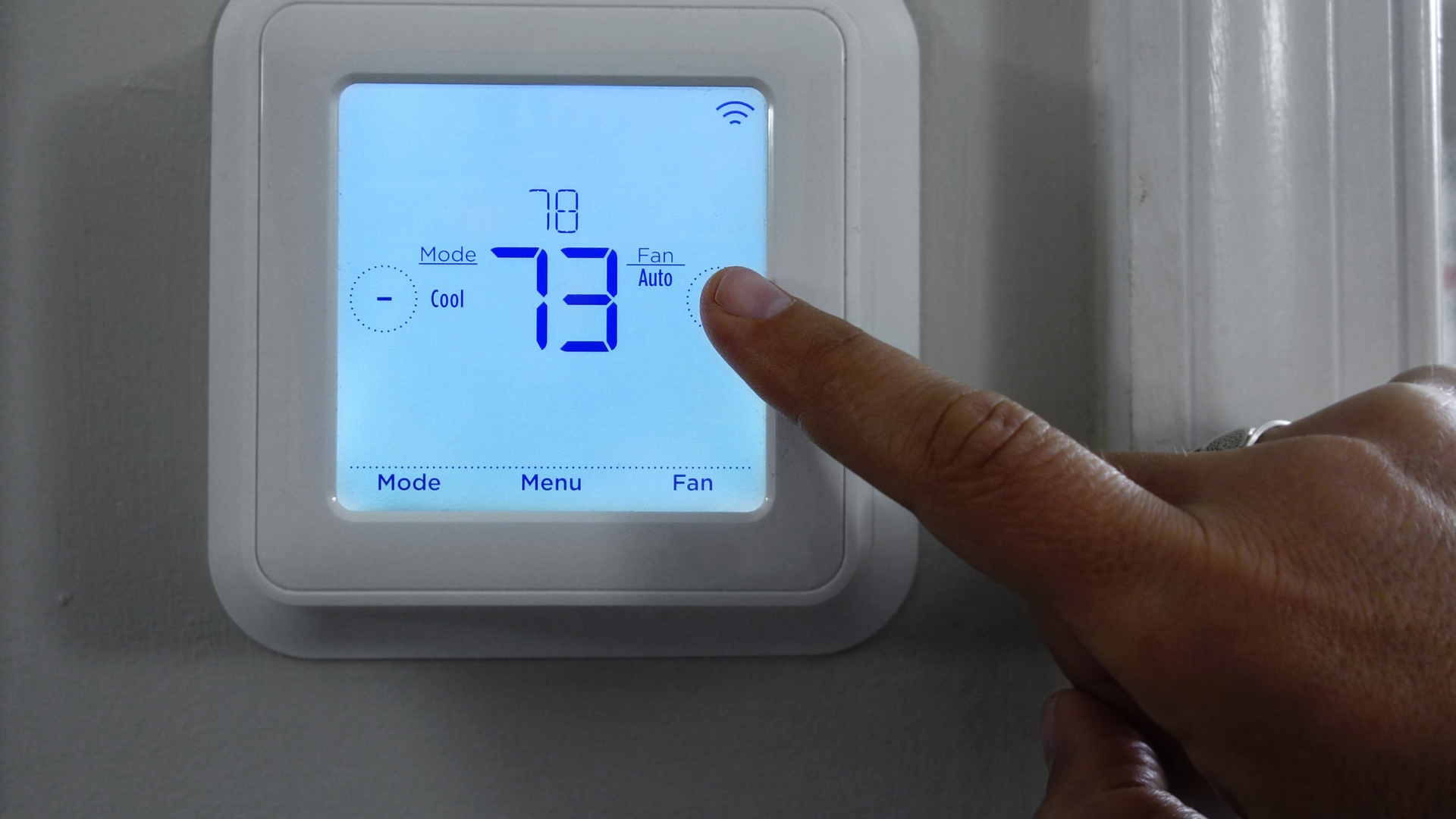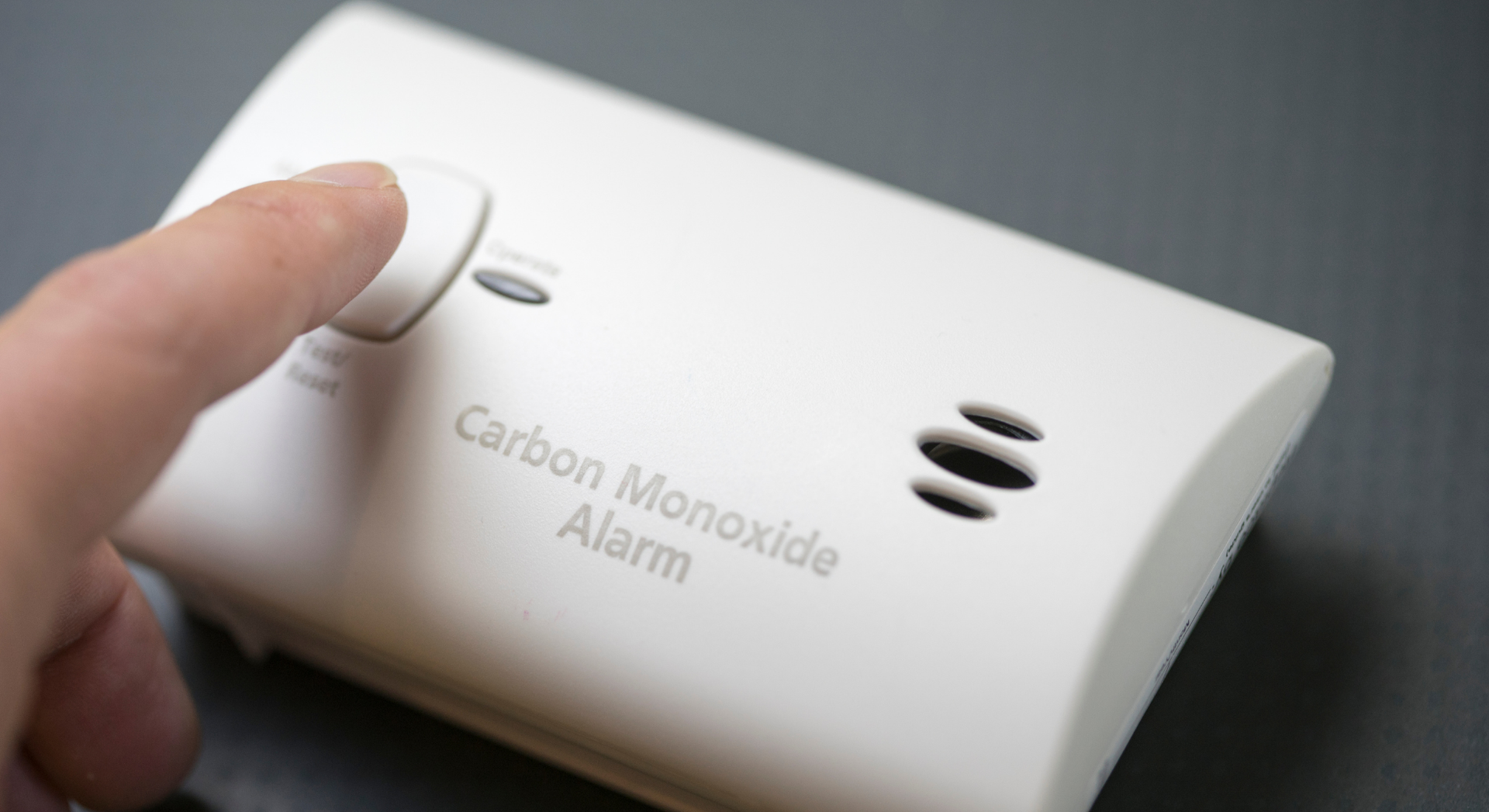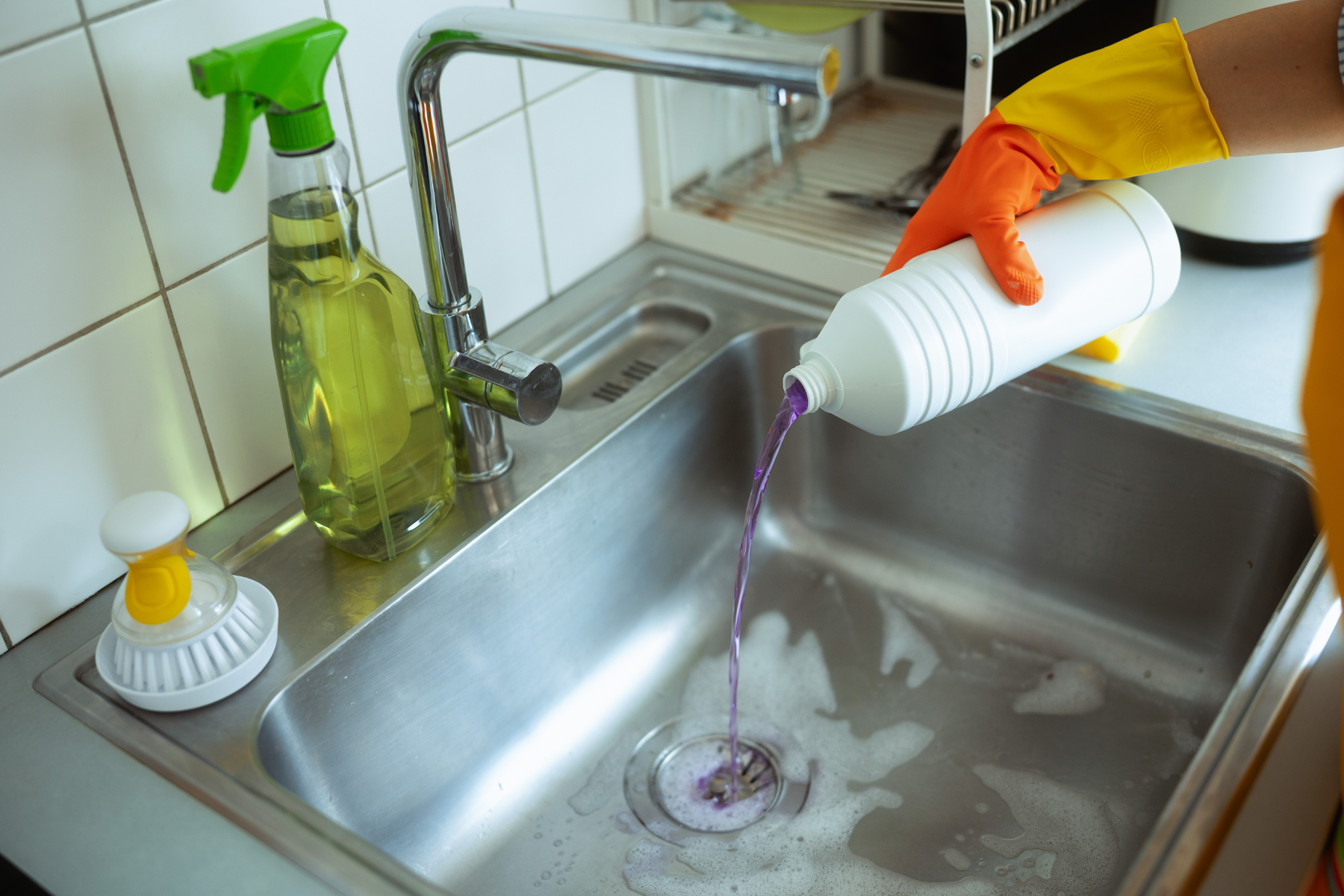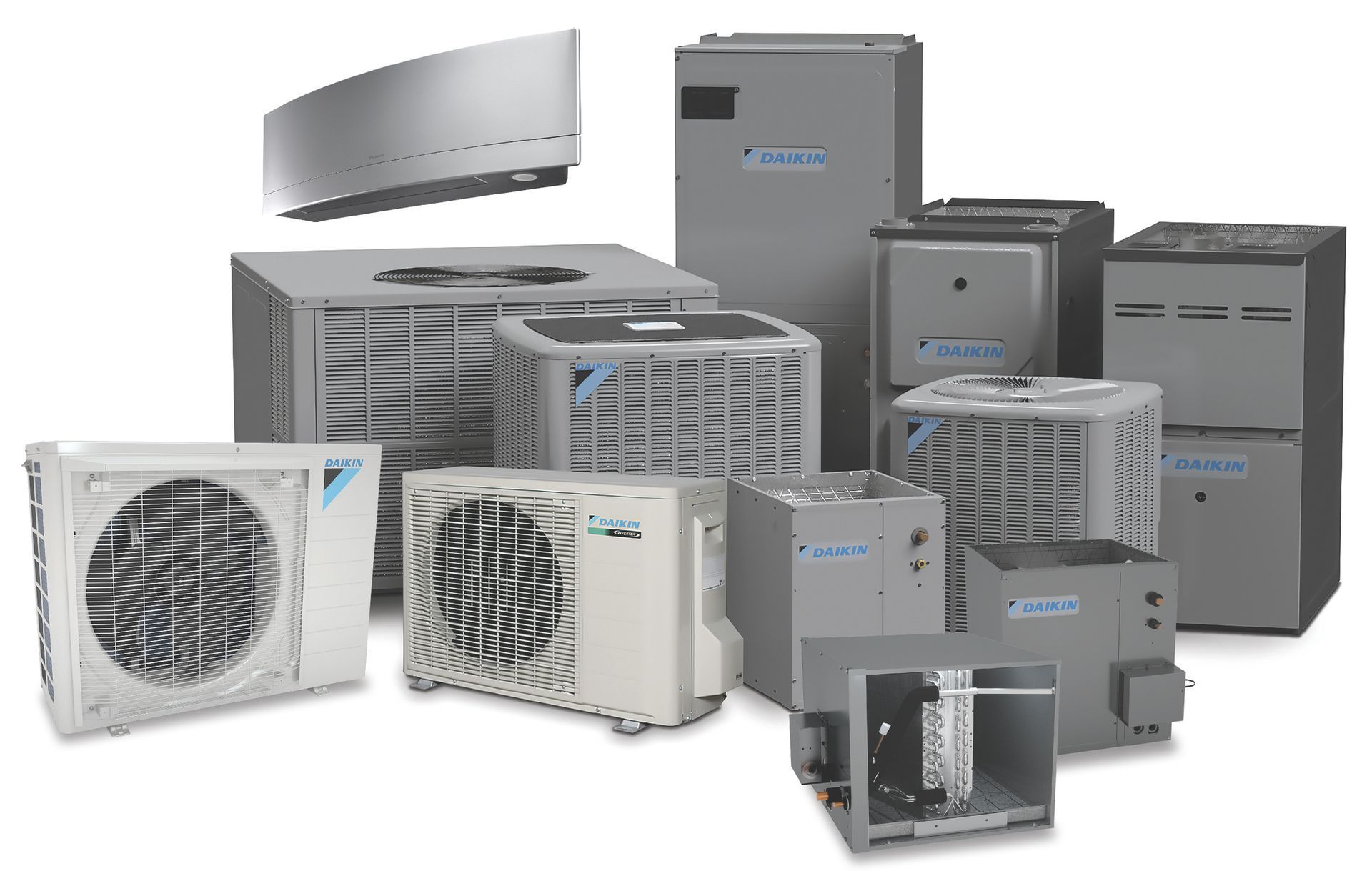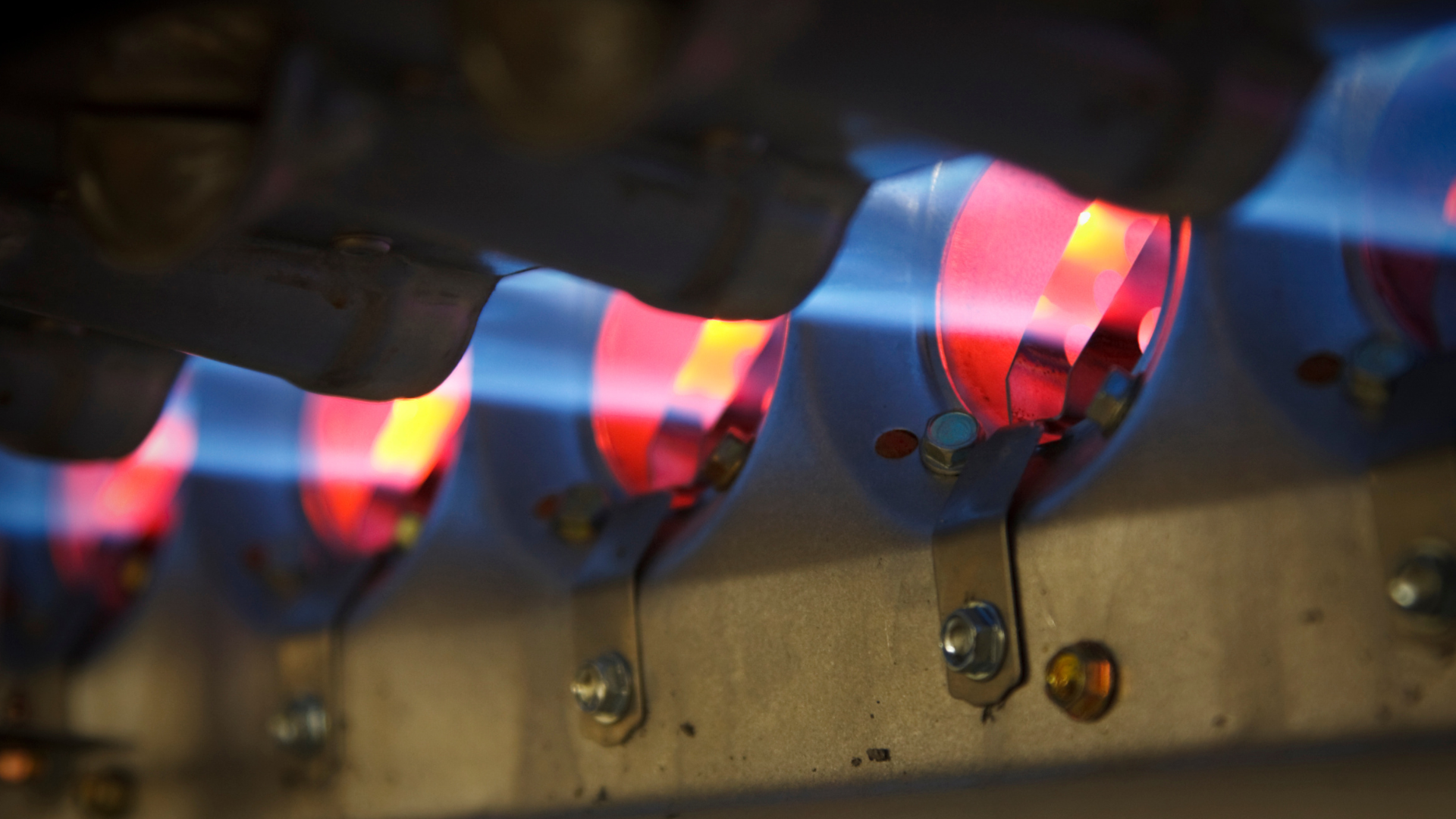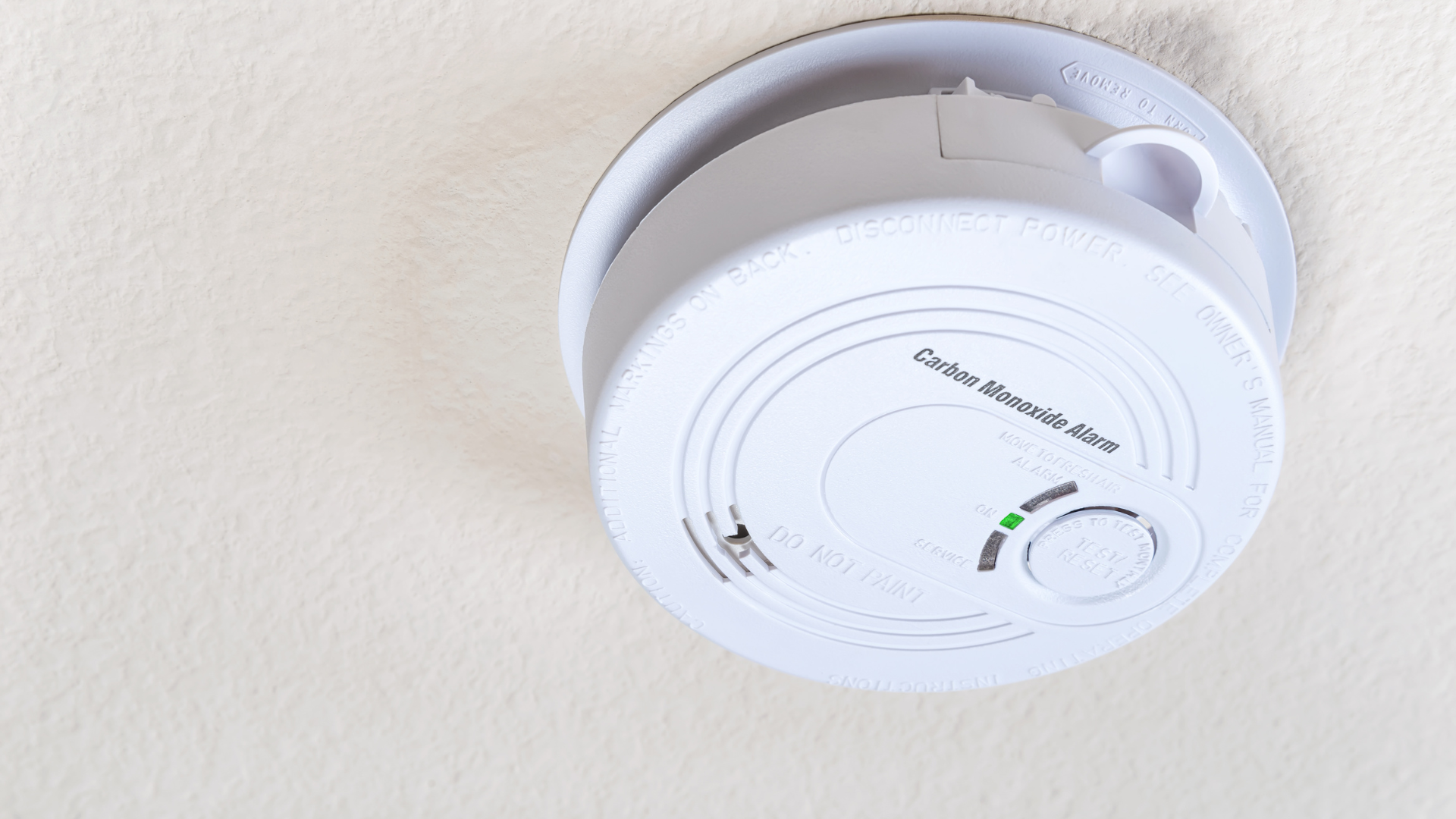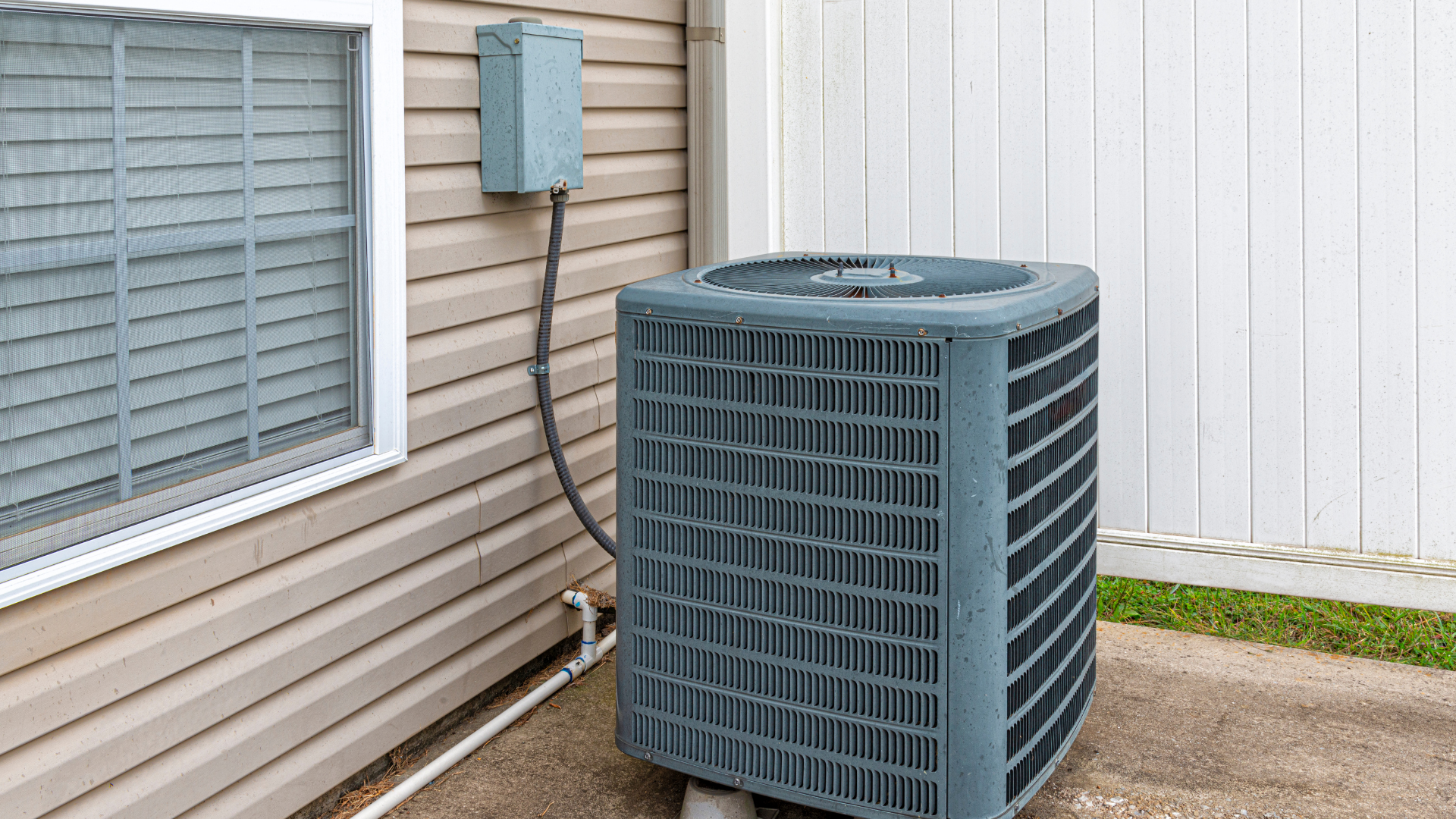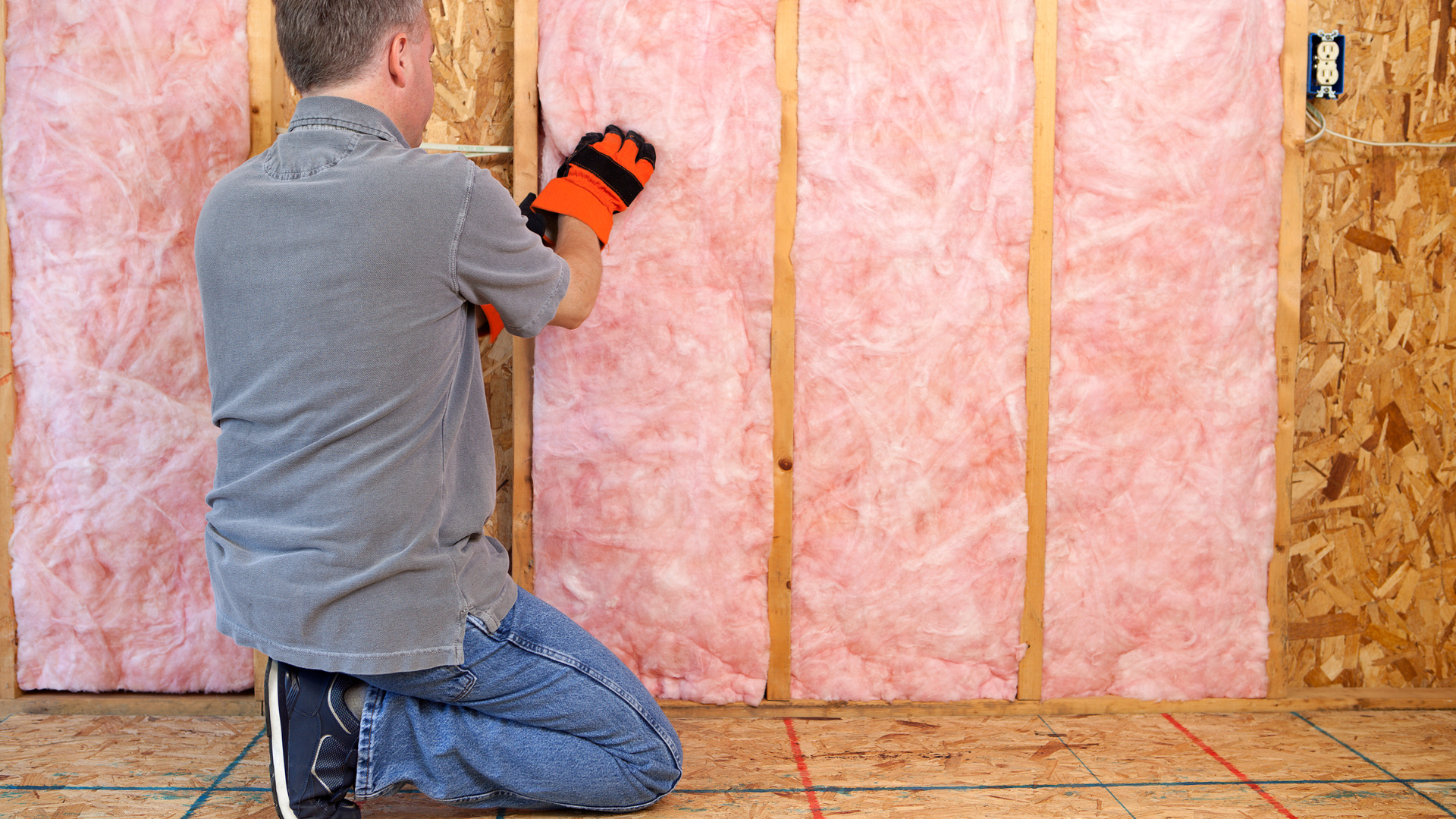Whole-Home Dehumidifiers: Your Guide to Comfortable and Healthy Indoor Air
Your Guide to Comfortable and Healthy Indoor Air

High humidity can make your home feel sticky and uncomfortable, even at moderate temperatures. It can also lead to a host of problems, from musty odors and warped wood to mildew and mold growth, which can trigger allergies and asthma. While central air conditioning offers some dehumidification, a whole-home dehumidifier provides a dedicated and often more effective solution for maintaining optimal indoor humidity levels.
This guide will walk you through how whole-home dehumidifiers work, their necessity alongside central AC, how to choose the right one, typical costs, lifespan, and essential maintenance.
How Do Whole-Home Dehumidifiers Work?
Whole-home dehumidifiers work similarly to air conditioners, using refrigeration principles to remove moisture from the air. Here's a simplified breakdown:
- Air Intake: Humid air from your home is drawn into the dehumidifier by a fan.
- Cooling Coils: The air passes over a set of cold coils (evaporator coils). As the warm, moist air touches these coils, it cools rapidly, causing the water vapor to condense into liquid water droplets.
- Water Collection: The condensed water drips into a collection pan and is then typically drained away, either directly into a floor drain, a condensate pump, or your home's HVAC drain line.
- Reheating Coils (Optional but Common): Some whole-home dehumidifiers include a reheating coil. After passing over the cooling coils and losing its moisture, the now-dry, cool air is reheated to closer to its original temperature before being redistributed throughout your home. This prevents the dehumidifier from making your home feel too cold and allows it to run independently of your cooling system.
- Air Distribution: The now-drier air is then circulated back into your home's ductwork, ensuring that the entire house benefits from the dehumidification process.
Unlike portable dehumidifiers that only treat the air in one room, whole-home units are integrated into your existing HVAC system, allowing for comprehensive humidity control throughout your entire living space.
Are Whole-Home Dehumidifiers Still Necessary with Central Air Conditioning?
This is a common question, and the answer is often yes. While central air conditioners do remove some humidity as a byproduct of the cooling process, they aren't designed for dedicated humidity control. Here's why a whole-home dehumidifier can still be beneficial:
- Independent Humidity Control: Central AC primarily focuses on temperature. It only dehumidifies when it's actively cooling. If your home is at a comfortable temperature but still feels damp (e.g., on a mild, rainy day), your AC won't run, and therefore won't dehumidify. A whole-home dehumidifier can operate independently, maintaining your desired humidity level regardless of the temperature.
- Enhanced Comfort: When humidity is high, your body feels warmer because sweat doesn't evaporate as efficiently. A dehumidifier allows you to set your thermostat a few degrees higher while still feeling comfortable, potentially saving energy on cooling costs.
- Improved Air Quality: By keeping humidity levels in check, dehumidifiers prevent the growth of mold, mildew, dust mites, and other allergens that thrive in moist environments. This is particularly important for individuals with allergies or respiratory issues.
- Protection for Your Home: Excess moisture can damage your home's structure and furnishings, leading to warped wood floors, peeling paint, musty smells, and even structural damage over time. A dehumidifier protects your investment.
- Energy Efficiency of AC: When the air is drier, your central AC doesn't have to work as hard to make you feel cool. This can lead to your AC running less often and potentially extending its lifespan.
How to Choose a Whole-Home Dehumidifier
Selecting the right whole-home dehumidifier involves considering several factors to ensure it effectively meets your home's needs:
- Capacity (Pints Per Day): This is the most crucial factor. Dehumidifier capacity is measured in "pints per day" (PPD), indicating how much moisture the unit can remove from the air in 24 hours. The required capacity depends on your home's square footage and the typical humidity levels in your area.
- Consult a professional: It's highly recommended to have an HVAC professional assess your home's size, construction, and existing humidity issues to determine the appropriate capacity. Oversizing can lead to short-cycling, while undersizing will be ineffective.
- General guidelines (for reference only):
- 2,000 sq ft: 60-70 PPD
- 2,500 sq ft: 70-80 PPD
- 3,000 sq ft: 80-90 PPD
- Larger homes or very humid climates: 100+ PPD
- Ductwork Compatibility: Most whole-home dehumidifiers are designed to integrate seamlessly with your existing HVAC ductwork. Ensure the unit you choose is compatible with your system.
- Energy Efficiency (Energy Star Rating): Look for models with an Energy Star rating, which indicates they meet strict energy efficiency guidelines set by the EPA. An energy-efficient unit will save you money on operating costs over its lifespan.
- Drainage Options: Most whole-home dehumidifiers offer continuous drainage, either directly into a floor drain or by connecting to your home's plumbing system via a condensate pump. This eliminates the need to manually empty a water reservoir.
- Control Options:
- Humidistat: A built-in humidistat allows you to set your desired humidity level, and the unit will automatically turn on and off to maintain it.
- Integration with Smart Home Systems: Some models can integrate with smart thermostats or home automation systems for remote control and monitoring.
- Noise Level: While whole-home units are generally quieter than portable ones, check the decibel (dB) rating if noise is a concern, especially if the unit will be located near living areas.
- Brand Reputation and Warranty: Research reputable brands known for their quality and reliability. A good warranty provides peace of mind.
How Much Do Whole-Home Dehumidifiers Cost?
The cost of a whole-home dehumidifier can vary significantly based on capacity, brand, features, and installation complexity.
- Unit Cost: Expect to pay anywhere from $1,200 to $3,000 for the unit itself. Higher capacity units and those with advanced features will be at the higher end of this range.
- Installation Cost: Professional installation is highly recommended and typically adds $500 to $1,500 to the total cost. Installation involves integrating the unit into your HVAC system's ductwork, electrical wiring, and plumbing for drainage.
- Total Installed Cost: On average, you can expect to pay a total of $1,700 to $4,500 for a whole-home dehumidifier, including professional installation.
Factors influencing cost:
- Dehumidifier Capacity: Larger units cost more.
- Brand and Model: Premium brands or models with advanced features will be pricier.
- Installation Complexity: If your home's ductwork or electrical system requires significant modifications, installation costs will be higher.
- Geographic Location: Labor costs for HVAC professionals can vary by region.
How Long Should a Whole-Home Dehumidifier Last?
With proper installation and regular maintenance, a whole-home dehumidifier can last a considerable time, typically between 8 and 15 years. Some high-quality units may even exceed this lifespan.
Factors that influence lifespan:
- Quality of the Unit: Higher-quality components and construction generally lead to a longer lifespan.
- Usage Frequency: Units that run continuously in very humid climates may experience more wear and tear than those used intermittently.
- Regular Maintenance: Adhering to the manufacturer's recommended maintenance schedule is crucial for maximizing lifespan.
- Installation Quality: Proper installation ensures the unit operates efficiently and without undue stress.
- Environmental Factors: Extremely dusty or dirty environments can put more strain on the unit's components.
What Kind of Maintenance Do Whole-Home Dehumidifiers Need?
Regular maintenance is key to ensuring your whole-home dehumidifier operates efficiently, effectively, and lasts for its expected lifespan.
- Filter Replacement/Cleaning (Monthly or Quarterly): This is the most critical maintenance task. Just like your HVAC system, whole-home dehumidifiers have air filters that trap dust, dirt, and other airborne particles.
- Check the manufacturer's recommendations: Some filters are washable, while others need to be replaced.
- Frequency: Check and clean/replace filters at least once a month, or more frequently if your home is particularly dusty or you have pets. A clogged filter restricts airflow, reduces efficiency, and can strain the unit.
- Coil Cleaning (Annually): Over time, dust and debris can accumulate on the evaporator and condenser coils, reducing their ability to transfer heat and remove moisture.
- Professional Cleaning: It's best to have an HVAC professional clean the coils during your annual HVAC system tune-up. They have specialized tools and solutions for this task.
- Drain Line Inspection and Cleaning (Annually): The condensate drain line can become clogged with algae, mold, or mineral deposits, leading to water backup and potential damage.
- Check for blockages: Periodically check the drain line to ensure water is flowing freely.
- Flush the line: You can typically flush the drain line with a mixture of bleach and water (check manufacturer's instructions) to prevent biological growth.
- Clear Around the Unit: Ensure the area around the dehumidifier (if it's in a utility closet or basement) is clear of obstructions to allow for proper airflow.
- Professional Inspection and Tune-up (Annually): Schedule an annual professional inspection and tune-up with an qualified HVAC technician. They will:
- Inspect electrical connections.
- Check refrigerant levels (if applicable).
- Lubricate moving parts.
- Test the humidistat for accurate operation.
- Identify and address any potential issues before they become major problems.
By investing in a whole-home dehumidifier and committing to its regular maintenance, you can enjoy a more comfortable, healthier, and protected home environment for years to come.
Click Another Article to Read More


